It’s important to have a good sewing machine to help with your stitching or quilting project. What are the features of the best sewing machine in the market today?
A good sewing machine should be versatile in attending to the requirements of both beginner and veteran sewers. Of course, it should have a light and compact design, and a stitch selection dial that is easy to control and adjust.
- SINGER 4411 Heavy Duty Sewing Machine
- SINGER 9960 Quantum Computerized Sewing Machine
- Michley LSS-505 Lil’ Sew & Sew Sewing Machine
- Brother LS2125i Sewing Machine
- Brother XL2600I Sewing Machine
- MichleySS-700 Desktop Sewing Machine
- Imax LSS-202 Sewing Machine
- Nex LSS-505 Sewing Machine
- AresparkHandheld Sewing Machine
- HOMEAN Sewing Machine Professional Handheld
SINGER 4411 Heavy Duty Sewing Machine
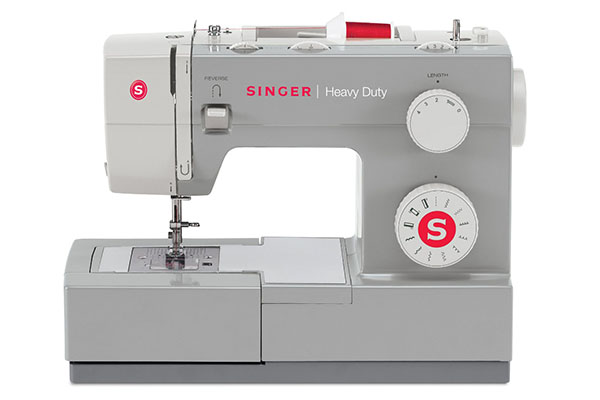
This sewing machine from Singer runs on a motor 60% stronger that those in other sewing machines in its price range, rendering it capable of 1,100 stitches per minute. It also comes with drop-in bobbin on top with clear-view cover and 11 built-in stitches settings.
>>>> Click Here To See Customer Reviews & Current Price <<<<
SINGER 9960 Quantum Computerized Sewing Machine
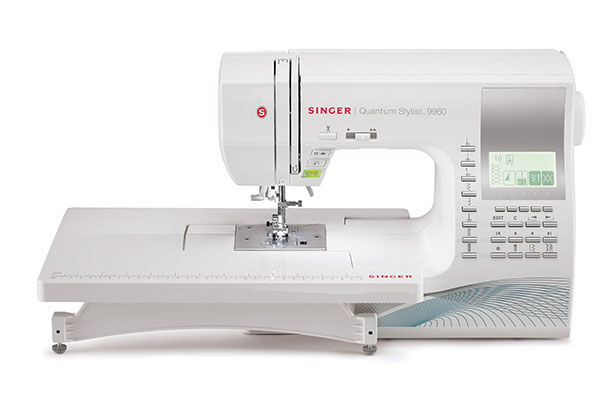
This computerized sewing machine developed by Singer comes with 600 built-in stitches and 13 1-step fully automatic buttonholes. This is also equipped with exclusive, unique buttonhole underplate, and a drop-in bobbin system.
>>>> Click Here To See Customer Reviews & Current Price <<<<
Michley LSS-505 Lil’ Sew & Sew Sewing Machine
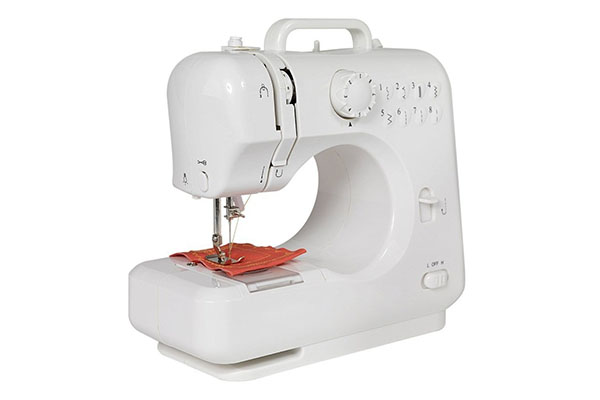
This multi-purpose sewing machine from Michley has 8 built-in stitch patterns and 2 speed settings. It allows for both reverse and forward double thread sewing.
>>>> Click Here To See Customer Reviews & Current Price <<<<
Brother LS2125i Sewing Machine
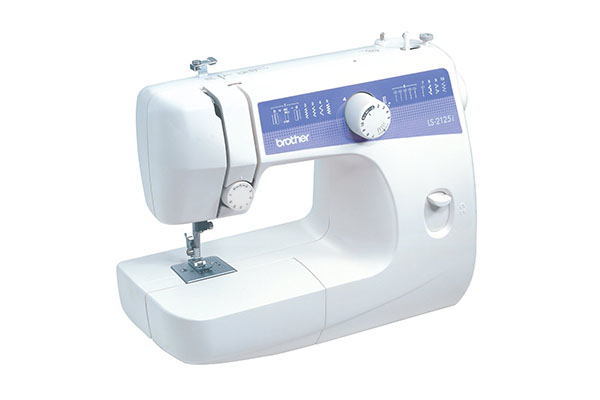
This Brother sewing machine is lightweight at full-size with 10 built-in stitches and 4-step automatic buttonhole feature. It has a flatbedthat can be converted into a free arm.
>>>> Click Here To See Customer Reviews & Current Price <<<<
Brother XL2600I Sewing Machine
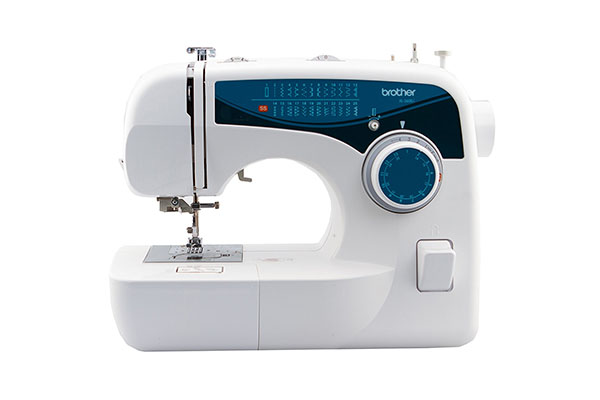
This is another sewing machine designed by Brother for beginner sewers. It is easy to use with 25 built-in stitches, including heirloom and decorative stitches.
>>>> Click Here To See Customer Reviews & Current Price <<<<
MichleySS-700 Desktop Sewing Machine
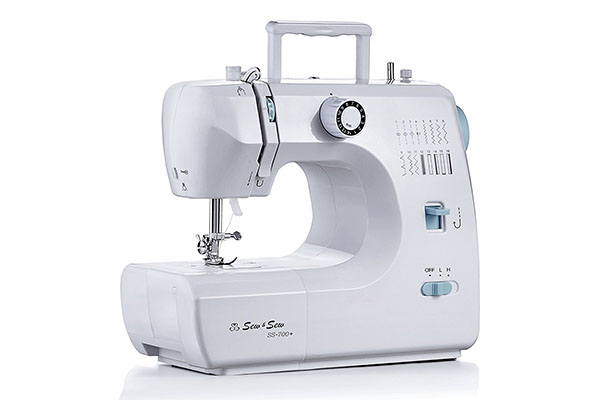
This is manufactured by Michley to be a portable desktop sewing machine. It comes with 12 preset stitch patterns, long lasting LED sewing light and built-in thread cutter.
>>>> Click Here To See Customer Reviews & Current Price <<<<
Imax LSS-202 Sewing Machine
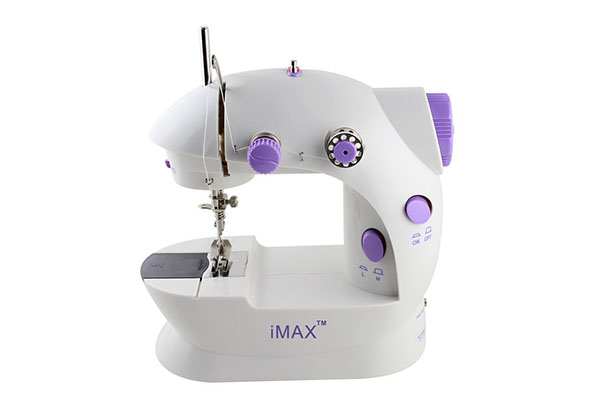
This sewing machine manufactured by Imax features 2 speed settings. It works with different fabrics, ranging from silks to denims. It has a simple on/off button and automatic thread rewind.
>>>> Click Here To See Customer Reviews & Current Price <<<<
Nex LSS-505 Sewing Machine
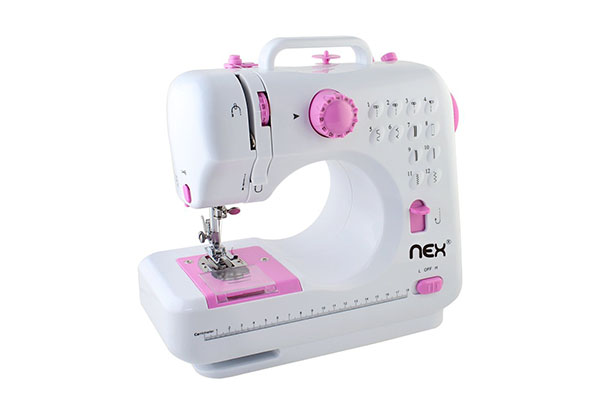
This sewing machine from Nex is ideal for the hobbyist – it can be used in making alterations and quilting. It has a light bulb which gives ample illumination on the workspace. It features 10 built-in stitches.
>>>> Click Here To See Customer Reviews & Current Price <<<<
AresparkHandheld Sewing Machine
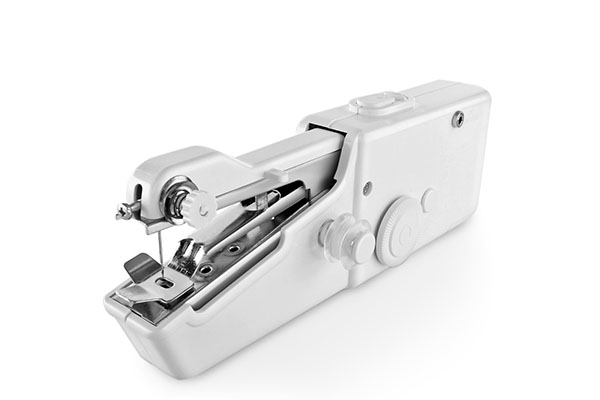
This compact sewing machine is ideal for on the spot, quick repairs. It can be used on wool, denim, crafts, leather and silks. It can sew up to1.8mm seam thickness.
>>>> Click Here To See Customer Reviews & Current Price <<<<
HOMEAN Sewing Machine Professional Handheld
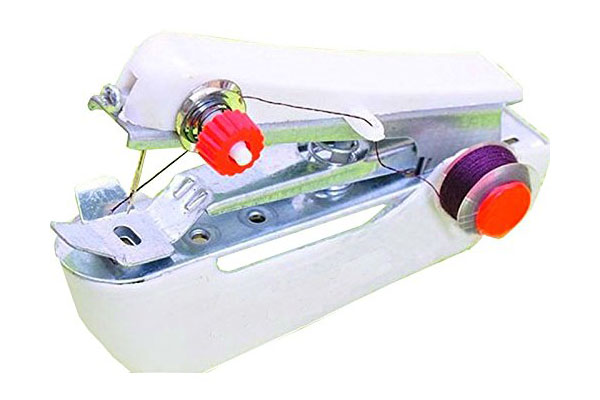
This super light, mini handheld sewing machine is professional-grade and ideal for quick repairs and mending. This super light, mini handheld sewing machine is professional-grade and ideal for quick repairs and mending. It is eco-friendly and manually operated with controllable stitching speed. No batteries or power supply needed.
>>> Click Here To See Customer Reviews & Current Price <<<<
Types of Sewing Machines
In the market, you can choose from all sorts of sewing machines differing insize, brand, and primary function. Though there is a widely diverse selection of sewing machines, they all fall into one of the four categories:
Mechanical – This vintage classic requires a bit of manual work on your part by using a wheel on the side. These types are usually made of metal and do not need any electricity to run, making them both durable and energy-saving.
Electronic – In this type of sewing machine, all you need to do is control the speed of the needle with an electronic foot pedal. The rest is done by the machine, which leaves both of your hands free to move the material around and grab things.
Computerized – These hi-tech sewing machines have LED, LCD, or touch screen monitors that allow you to customize them to fit your needs. In some models, you can even transfer and download patterns into the machine for your convenience.
Overlocker – These are mostly used for making hems and seams. While they have less features than other machines, they can give your clothing a professional finish by stitching and trimming fabric faster and better.
Mechanical sewing machines are great for beginners in that they allow one to exercise all the basics of sewing, while electronic types are among the most versatile and convenient sewing machines you can get.Computerized sewing machines, on the other hand, are definitely worth investing for if you want a hi-tech sewing machine with many helpful features. Lastly, overlockersare great if you want to make your own clothing.
How to Choose a Sewing Machine
Choosing the right sewing machine for you may feel overwhelming— but it should be easy if you think of these five factors:
Skill level – The sewing machine you choose should match your skill level. For beginners, it should be easy to operate and has the basic set of features for sewing.
Brand –Certain brands are popular for a reason. This is because they have a good set of features and quality. Research on some brands and look at testimonials, and consult other sewing hobbyists, too.
Usage – What are you going to make with the machine? Will you use it to sew leather, make clothes, or do quilting?
Size –A mini-sewing machine is great if you want it simple and portable. However, if you are planning to make bigger projects, a standard-size model is highly recommended.
Material –A sewing machine made of all-metal parts will last much longer than plastic sewing machines, so make sure to take the material it is made of into account.
How to Maintain Your Sewing Machine
In this simple maintenance routine, all you need are some lint brushes, sewing machine oil, extra needles, and small screwdrivers to open some parts of the machine.
Note that before doing any cleaning, you should remove the needle and unplug your sewing machine if the model you are using is electronic.
It’s also important to check your user’s manual, as it may contain precautions and recommended methods in cleaning your sewing machine.
Lint will accumulate inside the bobbin case and feed dogs, so check them regularly and use a lint brush to remove the lint. You may also use a small vacuum or canned air for excess lint and places that are hard to reach.
In the user’s manual, you will see whether or not your sewing machine can be lubricated. If it can, only use special sewing machine oil— otherwise it would damage your machine.
Lastly, you should replace the needle before finishing up your maintenance routine. It is also recommended that you replace it every time you start a new project.
Tips on Using a Sewing Machine
To keep your sewing machine working well, as well as make it last longer, establish a regular maintenance routine to remove lint, lubricate (if required) and re-thread.
If there seems to be something wrong with your machine, try cleaning it and re-threading it. It’s most likely that the problem is caused by lack of maintenance.
One important thing is to familiarize yourself with the parts and functions of the machine. Knowing your way around a sewing machine will make the sewing process significantly easier.
Another thing is knowing which needle is ideal for which type of fabric. As a rule of thumb, thinner, lighter fabrics like cotton will need a smaller needle, while thicker, heavier fabrics like denim will require a bigger needle.
In troubleshooting and determining whether or not your seams are good, there are three factors to consider: speed, stitch length, and straightness.
If you maintain a good pace, then each stitch should have the same length, and the seam itself should be straight if you guide the fabric properly.

Hi, I am Ashley. I am the editor at VerySimpleCraft.com. I enjoy making things and exploring new ideas. I feel blessed to have the opportunity to share my love of crafts with you.
